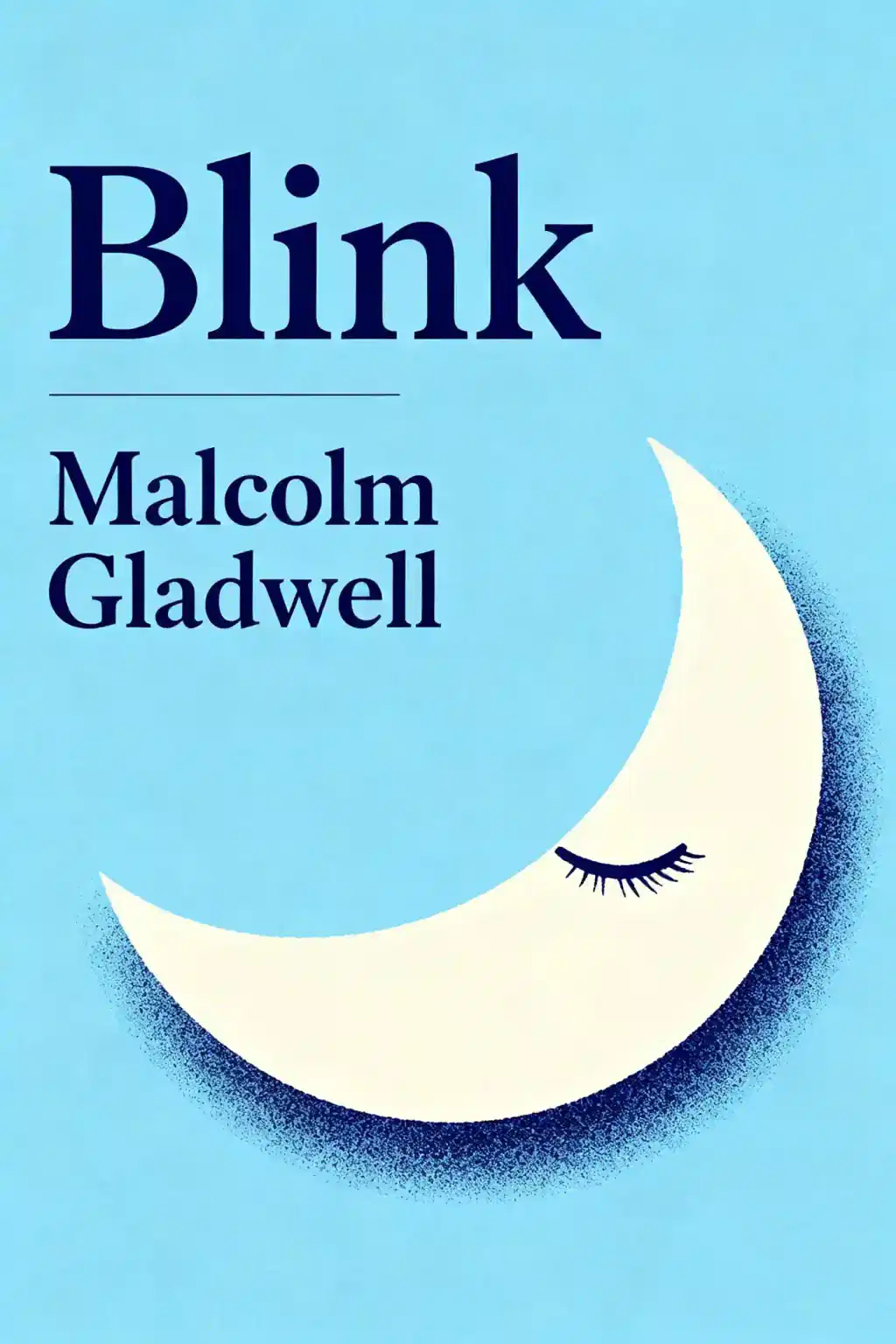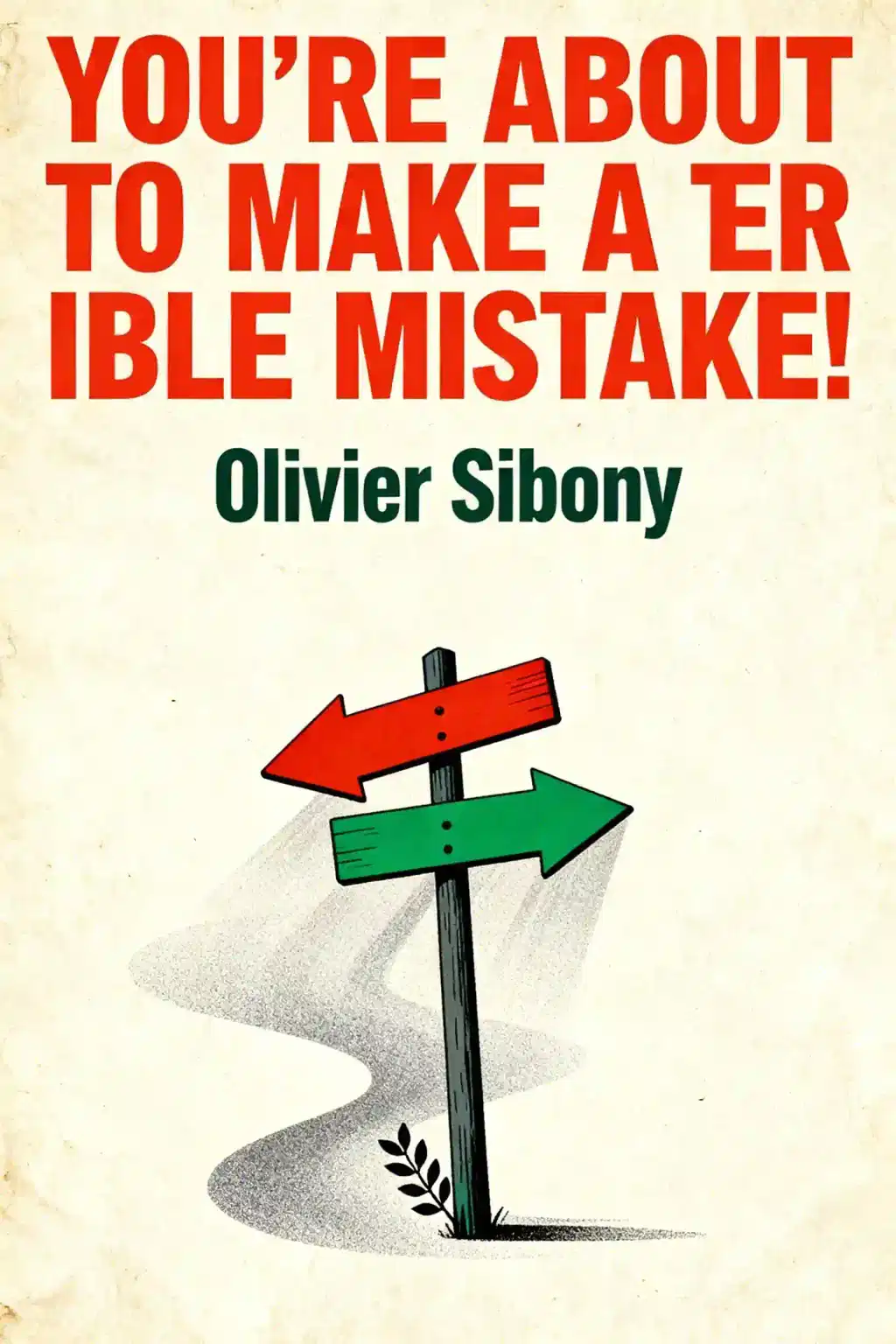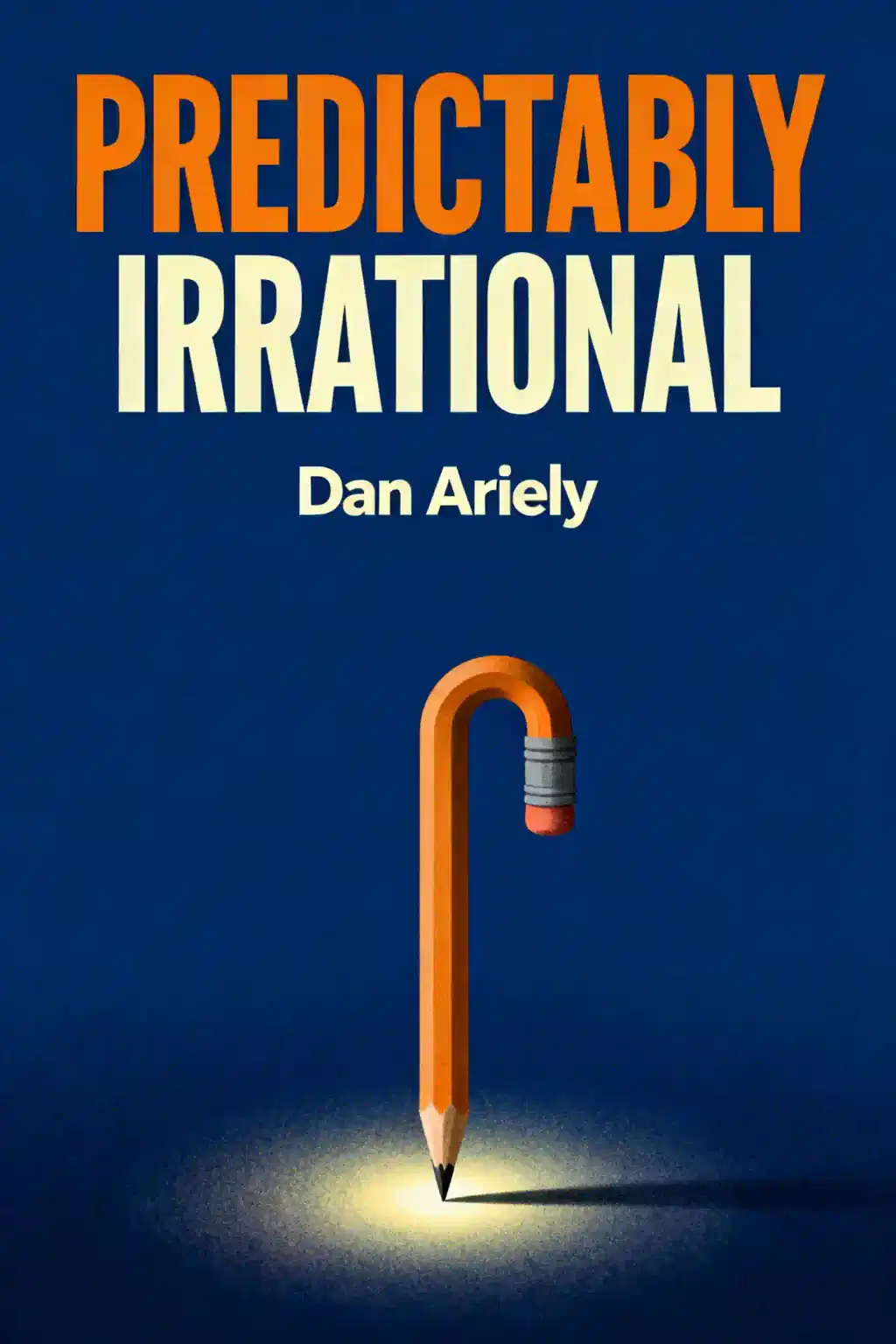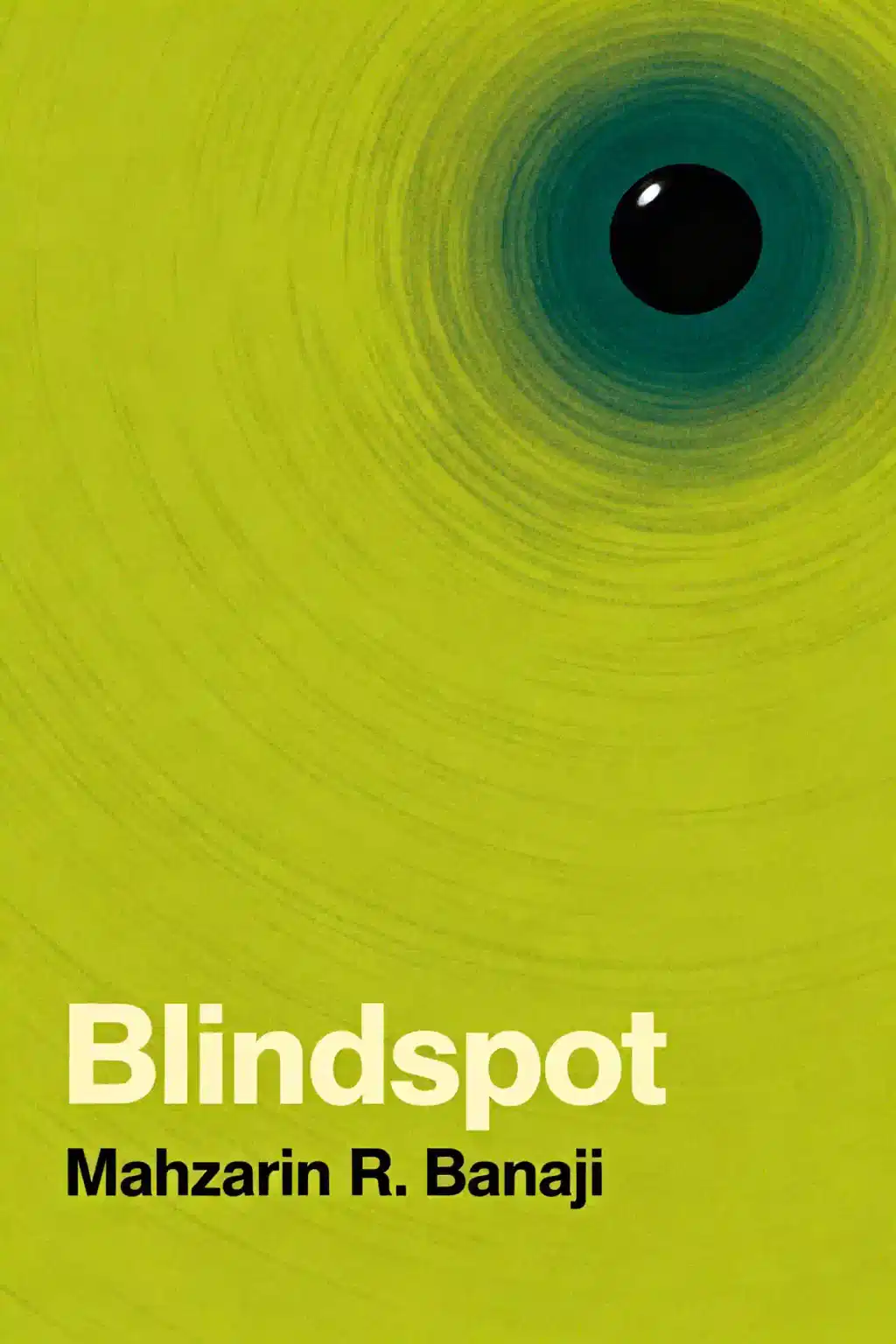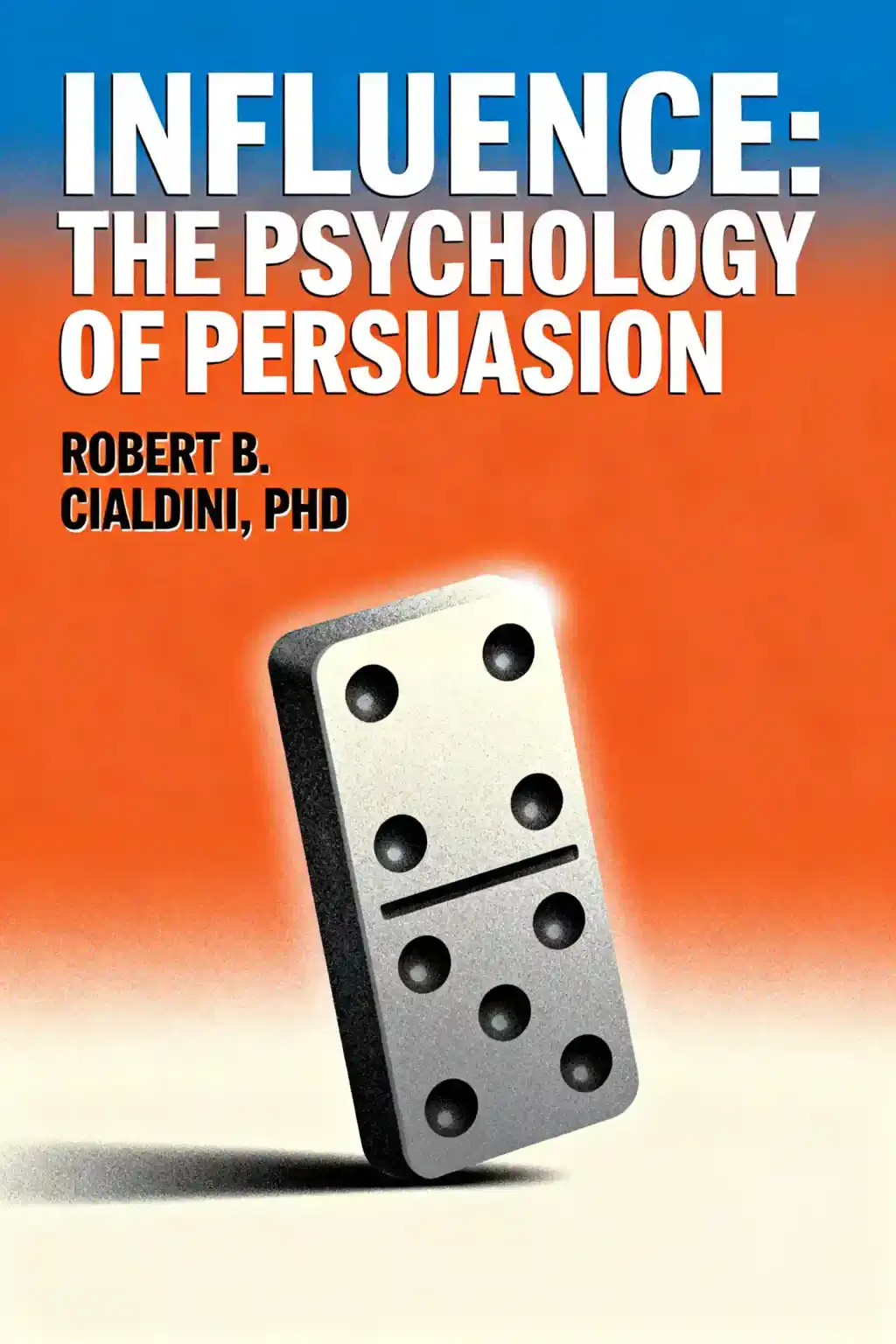What is
Blink by Malcolm Gladwell about?
Blink explores the power of rapid cognition—how split-second decisions, or "thin-slicing," can be as accurate as deliberate analysis. Malcolm Gladwell uses case studies, like art experts instinctively spotting fake statues and psychologists predicting marital success, to argue that intuition relies on subconscious pattern recognition. The book also warns against biases and information overload that can distort snap judgments.
Who should read
Blink by Malcolm Gladwell?
This book suits psychology enthusiasts, professionals in high-stakes decision-making roles (e.g., marketers, negotiators), and anyone interested in improving intuitive thinking. Gladwell’s engaging storytelling makes it accessible for casual readers, while its insights into human behavior appeal to academics studying cognition.
Yes—Blink offers compelling anecdotes and research on intuition’s role in decision-making, making it a standout in behavioral psychology. Critics praise its readability but note some concepts lack depth. If you enjoy pop-science with practical applications, it’s a valuable read.
What is “thin-slicing” in
Blink?
Thin-slicing is the ability to make accurate snap judgments using minimal information. For example, art experts instantly doubted a statue’s authenticity despite scientific verification, and therapists predicted divorce rates by analyzing brief marital interactions. Gladwell argues this skill hinges on subconscious expertise.
How does
Blink explain the power of first impressions?
The book highlights how unconscious cues—like body language or tone—shape instant judgments. A car salesman’s success, for instance, stemmed from avoiding snap prejudgments about customers. However, Gladwell warns that biases (e.g., the "Warren Harding Error") can lead to flawed first impressions.
Snap judgments vs. careful analysis: What does
Blink recommend?
Blink advocates for trusting intuition in domains where expertise exists (e.g., medical diagnoses, art appraisal) but cautions against relying on it in biased or high-pressure scenarios. Gladwell suggests “structuring” decisions by limiting extraneous information to improve thin-slicing accuracy.
What are the main criticisms of
Blink?
Critics argue Gladwell oversimplifies complex psychology, such as conflating intuition with expertise. Some note that rapid cognition’s reliability depends heavily on context, which the book underemphasizes. Despite this, it remains influential for its accessible insights.
How does
Blink address unconscious bias?
Gladwell discusses how implicit biases—like racial or gender stereotypes—can distort snap judgments. For example, orchestras using blind auditions increased female hires, and the “Pepsi Challenge” showed sensory preferences conflicting with brand loyalty. The book urges awareness to mitigate bias.
Can
Blink’s concepts apply to real-life decisions?
Yes: Gladwell’s ideas help in hiring (trusting structured interviews over resumes), relationships (noticing nonverbal cues), and consumer behavior (designing intuitive product experiences). However, he advises refining intuition through practice and feedback.
How does
Blink compare to Gladwell’s other books?
Like Outliers and The Tipping Point, Blink uses storytelling to popularize academic research. However, it focuses narrowly on intuition rather than broader societal trends. Fans of Gladwell’s narrative style will find it consistent, though less expansive in scope.
Why is
Blink still relevant in 2025?
In an era of AI and data overload, Blink’s lessons on balancing intuition with analysis remain critical. Fields like healthcare (rapid diagnostics) and tech (user experience design) increasingly integrate thin-slicing principles, validating Gladwell’s insights.
What are key quotes from
Blink?
- “We don’t realize how much we communicate without words.” (Nonverbal cues shape judgments).
- “Decisions made quickly can be as good as those made cautiously.” (The power of thin-slicing).
- “Our unconscious is a powerful force, but it’s fallible.” (Balancing intuition and scrutiny).
